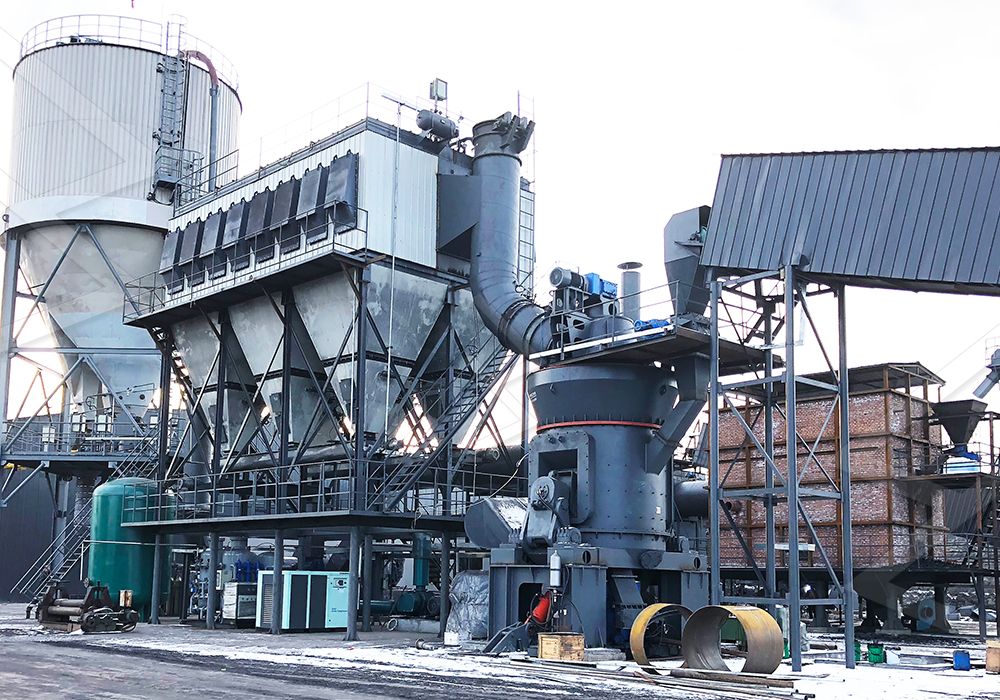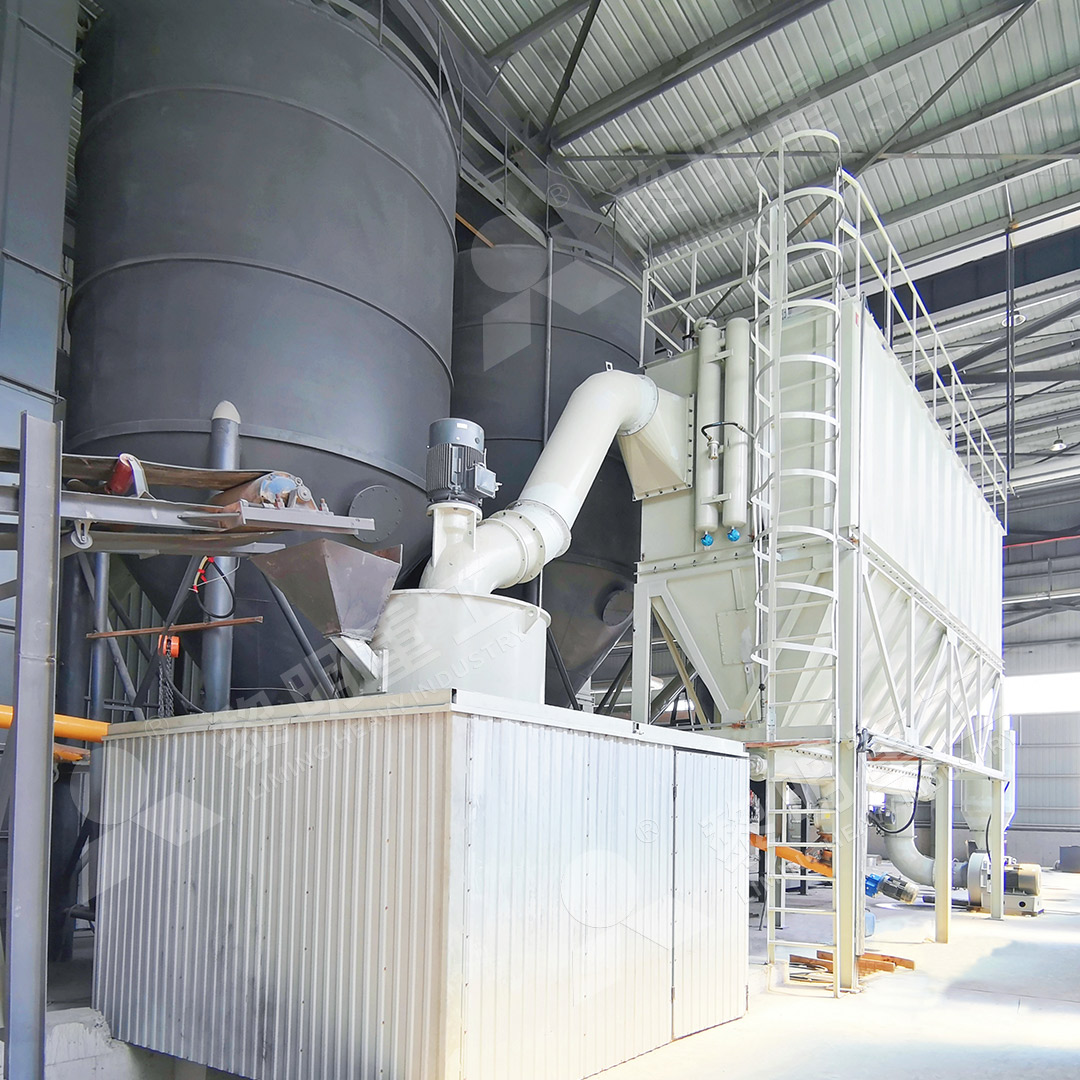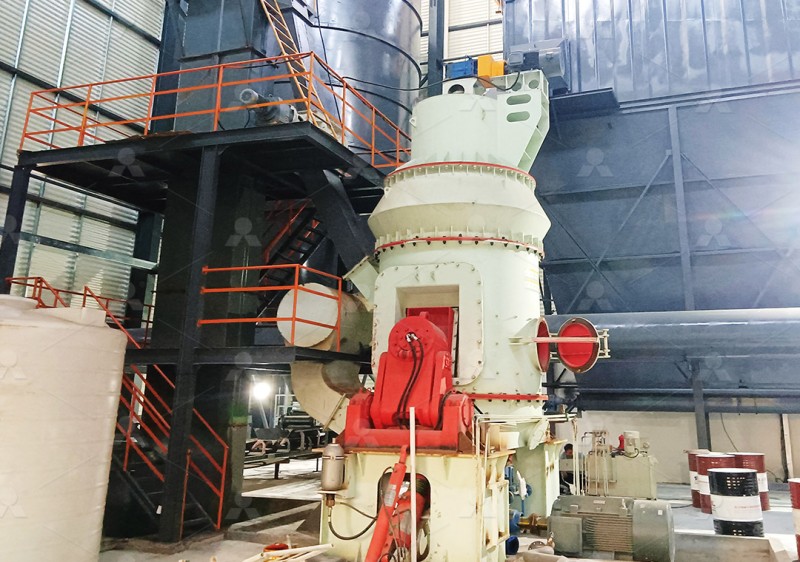How Much Does a Vertical Roller Mill Cost?
How Much Does a Vertical Roller Mill Cost?
As a project manager or plant operator considering mineral processing equipment, one of your first questions is likely about budget. The cost of a vertical roller mill (VRM) isn’t a simple number you’ll find on a price tag. It’s a complex calculation involving multiple factors that ultimately determine your return on investment.
When evaluating VRM costs, you need to consider both the initial capital expenditure and the long-term operational expenses. The purchase price typically ranges from tens of thousands to several hundred thousand dollars, depending on the model’s capacity, features, and customization requirements.

Key Factors Influencing Vertical Roller Mill Pricing
Several critical elements determine where your specific equipment will fall within the price spectrum:
Capacity Requirements: The throughput capacity (measured in tons per hour) significantly impacts cost. Higher capacity mills require more robust construction, larger motors, and enhanced structural components.
Material Characteristics: The abrasiveness, moisture content, and hardness of your raw materials affect mill design. Processing highly abrasive materials may require specialized wear-resistant linings, increasing initial costs but reducing long-term maintenance expenses.
Fineness Specifications: Achieving ultra-fine powders (below 10μm) demands advanced separation technology and precision engineering, which adds to the base price.
Automation Level: Modern VRMs with PLC control systems, remote monitoring, and automated adjustment capabilities command higher prices but offer substantial labor savings and consistency improvements.
Beyond the Purchase Price: Total Cost of Ownership
The smartest equipment investments consider the complete lifecycle costs, not just the initial outlay. A cheaper mill with higher energy consumption and frequent maintenance requirements can ultimately cost more than a premium model with superior efficiency.
Energy consumption represents 40-60% of the total operating cost for grinding operations. Advanced VRMs can reduce power requirements by 30-50% compared to traditional ball mills, delivering significant savings over the equipment’s lifespan.
Maintenance and spare parts availability also dramatically impact your bottom line. Mills with difficult-to-access components or long lead times for replacement parts can cause expensive production downtime.

Recommended Solution: MW Ultrafine Grinding Mill
For operations requiring ultra-fine powder production, our MW Ultrafine Grinding Mill represents an excellent balance of performance and value. With an input size of 0-20 mm and capacity ranging from 0.5-25 tph, this machine is engineered for customers who need to make ultra-fine powder efficiently.
The MW series stands out with its higher yielding and lower energy consumption – achieving 40% higher production capacity than jet grinding mills with the same fineness and power requirements. The innovative design eliminates rolling bearings and screws in the grinding chamber, eliminating common failure points and reducing maintenance concerns.
What truly sets this mill apart is its adjustable fineness between 325-2500 meshes with screening rates achieving d97≤5μm in a single pass. The integrated pulse dust collector and muffler ensure environmentally friendly operation that meets national environmental protection standards.
Making the Right Investment Decision
When requesting quotes from manufacturers, provide detailed information about your specific application, including:
- Material characteristics and moisture content
- Required production capacity
- Target particle size distribution
- Available space and utility constraints
- Automation and safety requirements
Reputable manufacturers will conduct tests with your actual materials to recommend the most appropriate and cost-effective solution. Don’t hesitate to ask for customer references and visit existing installations to see the equipment in operation.

Remember that the true cost of a vertical roller mill extends far beyond the initial purchase price. Consider energy efficiency, maintenance requirements, spare parts availability, and the manufacturer’s technical support capabilities. A slightly higher investment in quality equipment often pays for itself through reduced operating costs and improved reliability.
Frequently Asked Questions
What is the typical delivery time for a vertical roller mill?
Delivery times vary from 2-6 months depending on model complexity, customization requirements, and manufacturing schedule. Standard models typically ship faster than custom configurations.
Can existing facilities retrofit vertical roller mills?
Yes, many operations successfully retrofit VRMs into existing facilities. Our engineering team can assess your space and provide retrofit solutions that minimize disruption to your operations.
What training is provided with mill installation?
We provide comprehensive operator and maintenance training during commissioning, along with detailed operation manuals and ongoing technical support to ensure optimal performance.
How does the MW Ultrafine Grinding Mill handle different materials?
The MW series processes various materials including limestone, calcite, dolomite, petroleum coal, gypsum, barite, marble, talc, and coal powder. Its adjustable parameters allow optimization for different material characteristics.
What warranty and support comes with the equipment?
We offer standard warranties plus comprehensive technical support and original spare parts supply to ensure worry-free operation throughout your mill’s service life.
